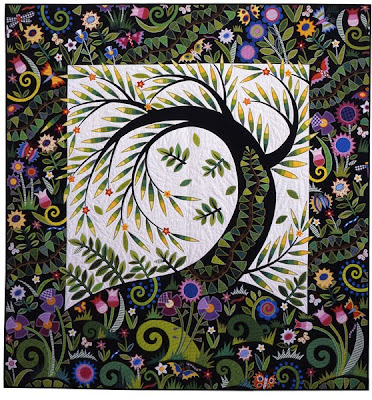3.bp.blogspot.com/_TA8Az3thKn0/SsZSzn9U4SI/AAAA...
3.bp.blogspot.com/_TA8Az3thKn0/SsZSzHjijeI/AAAA...

3.bp.blogspot.com/_TA8Az3thKn0/SgCIaqsWnFI/AAAA...
2.bp.blogspot.com/_TA8Az3thKn0/SgCIZr1hhpI/AAAA...
1.bp.blogspot.com/_TA8Az3thKn0/SgCIZQqVpEI/AAAA...
2.bp.blogspot.com/_TA8Az3thKn0/SfCQkr9NNCI/AAAA...
jamiefingaldesigns.blogspot.com/2009/04/work-in...
3.bp.blogspot.com/_TA8Az3thKn0/SsZSzHjijeI/AAAA...
3.bp.blogspot.com/_TA8Az3thKn0/SgCIaqsWnFI/AAAA...
2.bp.blogspot.com/_TA8Az3thKn0/SgCIZr1hhpI/AAAA...
1.bp.blogspot.com/_TA8Az3thKn0/SgCIZQqVpEI/AAAA...
2.bp.blogspot.com/_TA8Az3thKn0/SfCQkr9NNCI/AAAA...
jamiefingaldesigns.blogspot.com/2009/04/work-in...
This is so fun and so fast and so fabulous! I drew the design first with wax and a djaunting tool onto the screen. Then I used dye paste from Prochem with dye and soda ash. Since this was the first time, I had no idea how much I needed, so I prepared to do a lot of runs with the screen. Then I pushed the dye through the screen and repeated. The yellow dye is so bright and cheerful! I was expecting it to run, especially because my design was a bit on the fine side, but the print paste did it's job very well. The whole process only took an hour. I had a lot of waste (only because the soda ash was mixed in, otherwise, I could have saved the left overs). And the process is messy, but I had so much fun doing it, I didn't even notice. And the best part....there is no wax to get out of the cloth!! The design remained very true and the dyes also stayed bright through the entire process. I will make some fish with this fabric. The last note is cleaning the wax off the screen. I haven't done it yet, so I don't know.
I knew this fabric would look great for fish!! This first image is before the fish was stuffed (and before his mouth was painted). The second image is to show a close up of his mouth. I finally figured out how to sew an open mouth. And it happened quite by accident....I couldn't quite turn this tiny tube inside out. Then I realized that it was much better this way!
I am also getting better at quilting the fins using tweezers. If you would like to see the quilting, be sure to click on the photo for the close up. The pectoral fins are made from putting fusible webbing on organza. When you cut the organza, the webbing sort of seals the edges and keeps them from fraying. And, as an added bonus, it is very easy to attach the fins to the fish. I used a tiny clover iron and just pressed briefly at the forward edge of the fin. This fish and his other friends will be debuting on a new quilt called Little Fish. But, due to the nature of that quilt (ie., very tedious and large), it will be many months before I have a picture to post.
Little Fish is all about global warming and the new world order, where will I fit in?
Sea levels rising, engulfing cities, the new transportation, fish carrying all the people. Look closely at the bottom right corner for the little fish for whom the quilt was named. This quilt is dedicated to environmental refugees everywhere.
More about how this quilt was made: (I have already posted about most of this, follow the links if you are curious!)
I made the buildings first, just to see if I could sew a 3D cube shaped building. My first attempts did not work at all, but I persevered. All the wrong ones, showed me eventually how to get it right. They are folded, machine stitched, opened up, lined with timtex, and stuffed with polyester, last the bottom opening was hand sewn closed. The buildings range in size from fairly flat to 5 inches tall and stick out perpendicularly from the quilt. This quilt hangs on the wall as the buildings appear to defy gravity. For the most part they did well, however, the tallest buildings had significant problems with sagging and required numerous structural engineering to solve the problems!
The navy background is a whole cloth batik drawn exclusively with a tjanting that I was trying to learn. The fabrics for the buildings are commercial fabrics batiked in stripes and then bleached and overdyed. The turquoise and cobalt blocks are all hand-dyed batiks, mostly stamped from found objects. Among the more unusual ones, a spring from an automatic car window, and hexogonal climbing gear, and children's toys.
There are over 400 buildings, and I forget how many fish, but I can say when I was making them...I never thought I would make enough. The fish are made from screenprinted thickened dyes, machine sewn, painted organza for the pectoral fins, painted eyes and mouths (which are open).


Then I satin stitched the edges of the blocks to catch the loose threads and sharply define the edges. Then I did the hand quilting through the middle of the city, they are supposed to refer to the tracks of lights you might see in the photo of car lights at night.

Then I hand sewed on all the buildings, one by one. Then I sewed the worry dolls to the fish, and last I sewed the fish on. Many had to have their fins replaced as they were looking a little haggard.

Sea levels rising, engulfing cities, the new transportation, fish carrying all the people. Look closely at the bottom right corner for the little fish for whom the quilt was named. This quilt is dedicated to environmental refugees everywhere.
More about how this quilt was made: (I have already posted about most of this, follow the links if you are curious!)
I made the buildings first, just to see if I could sew a 3D cube shaped building. My first attempts did not work at all, but I persevered. All the wrong ones, showed me eventually how to get it right. They are folded, machine stitched, opened up, lined with timtex, and stuffed with polyester, last the bottom opening was hand sewn closed. The buildings range in size from fairly flat to 5 inches tall and stick out perpendicularly from the quilt. This quilt hangs on the wall as the buildings appear to defy gravity. For the most part they did well, however, the tallest buildings had significant problems with sagging and required numerous structural engineering to solve the problems!
The navy background is a whole cloth batik drawn exclusively with a tjanting that I was trying to learn. The fabrics for the buildings are commercial fabrics batiked in stripes and then bleached and overdyed. The turquoise and cobalt blocks are all hand-dyed batiks, mostly stamped from found objects. Among the more unusual ones, a spring from an automatic car window, and hexogonal climbing gear, and children's toys.
There are over 400 buildings, and I forget how many fish, but I can say when I was making them...I never thought I would make enough. The fish are made from screenprinted thickened dyes, machine sewn, painted organza for the pectoral fins, painted eyes and mouths (which are open).
Then I satin stitched the edges of the blocks to catch the loose threads and sharply define the edges. Then I did the hand quilting through the middle of the city, they are supposed to refer to the tracks of lights you might see in the photo of car lights at night.
Then I hand sewed on all the buildings, one by one. Then I sewed the worry dolls to the fish, and last I sewed the fish on. Many had to have their fins replaced as they were looking a little haggard.




It was from Kathleen Dawson of the Dairy Barn. Apparently, someone has spoken for my quilt Little Fish in a Big City. I am so delighted, and thrilled, happy dancing on cloud 9 with a cherry on top!! This is fantastic news! I have enjoyed many successes with my art, yet this one offers a whole new level of validation for me. The act of making art is now a necessary part of my life. It brings me such joy to know that it has affected others, that they may have benefited in some way by seeing it. And, that it has affected someone enough that they want to buy it? Well, in a word... fabulous!
Please stop back by next week, I have more news to share, but wanted to save the post just for Little Fish.
aquamoonartquilts.blogspot.com/



суббота, 19 декабря 2009
Ингредиенты: 200 г сливочного масла, 150 г + 150 г сахара, 3 яйца, 2,5 стакана муки, 1 ч.л. соды, 2 ст.л. какао, 200 г творога, 300 г сметаны, 1 пакетик ванильного сахара, 3 ст.л. крахмала.
Рецепт приготовления: мягкое сливочное масло растереть с сахаром(150 г), добавить 1 яйцо, соду, муку, какао и вымесить тесто. Поставить в холодильник на 20 минут.
Начинка: смешать творог, сметану, сахар (150 г), ванильный сахар, 2 яйца и крахмал.
Достать тесто и разделить его на две неравные части. Большую часть выложить в форму, сделать бортики. Вылить начинку. Оставшуюся часть теста нарвать на кусочки и выложить сверху. Выпекать в духовке 1 час при температуре около 180 градусов.

Рецепт приготовления: мягкое сливочное масло растереть с сахаром(150 г), добавить 1 яйцо, соду, муку, какао и вымесить тесто. Поставить в холодильник на 20 минут.
Начинка: смешать творог, сметану, сахар (150 г), ванильный сахар, 2 яйца и крахмал.
Достать тесто и разделить его на две неравные части. Большую часть выложить в форму, сделать бортики. Вылить начинку. Оставшуюся часть теста нарвать на кусочки и выложить сверху. Выпекать в духовке 1 час при температуре около 180 градусов.




 11.5 x 8.5" (#23)
11.5 x 8.5" (#23)













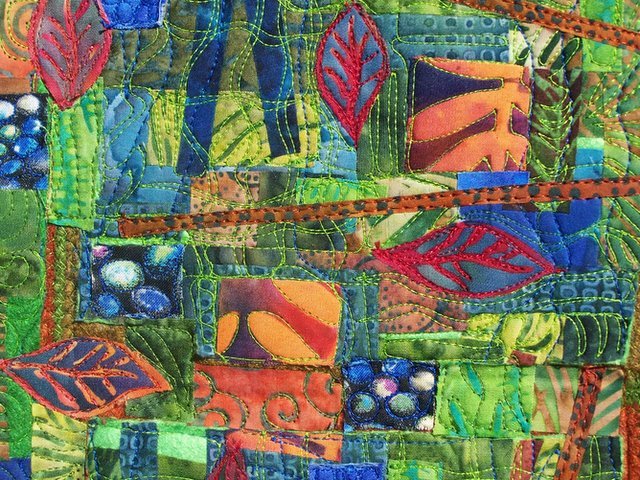
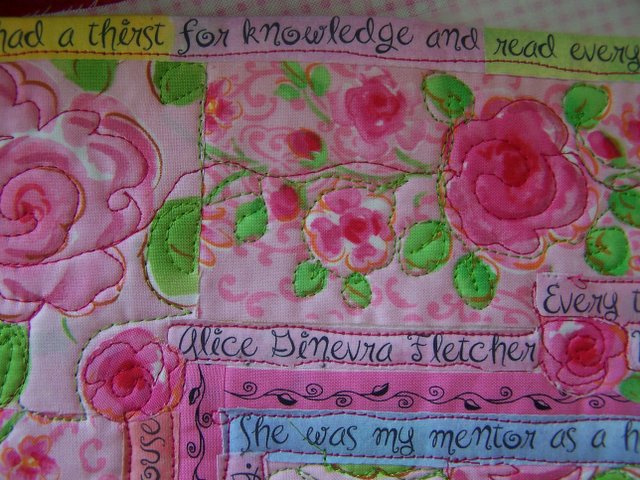


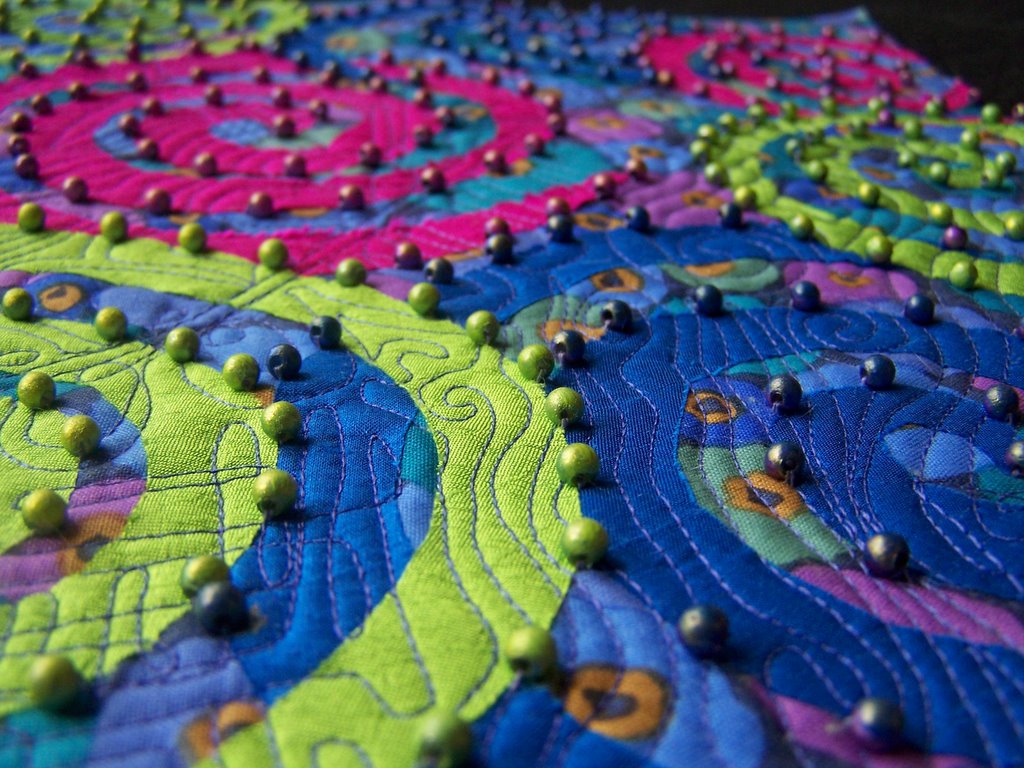








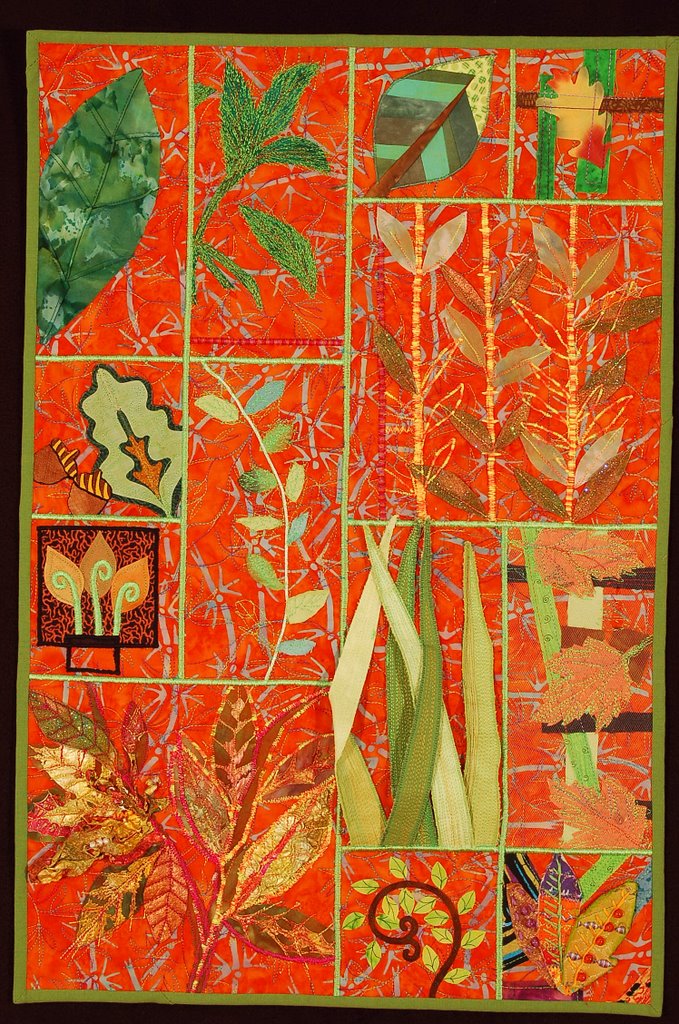 16" x 24"
16" x 24"


















